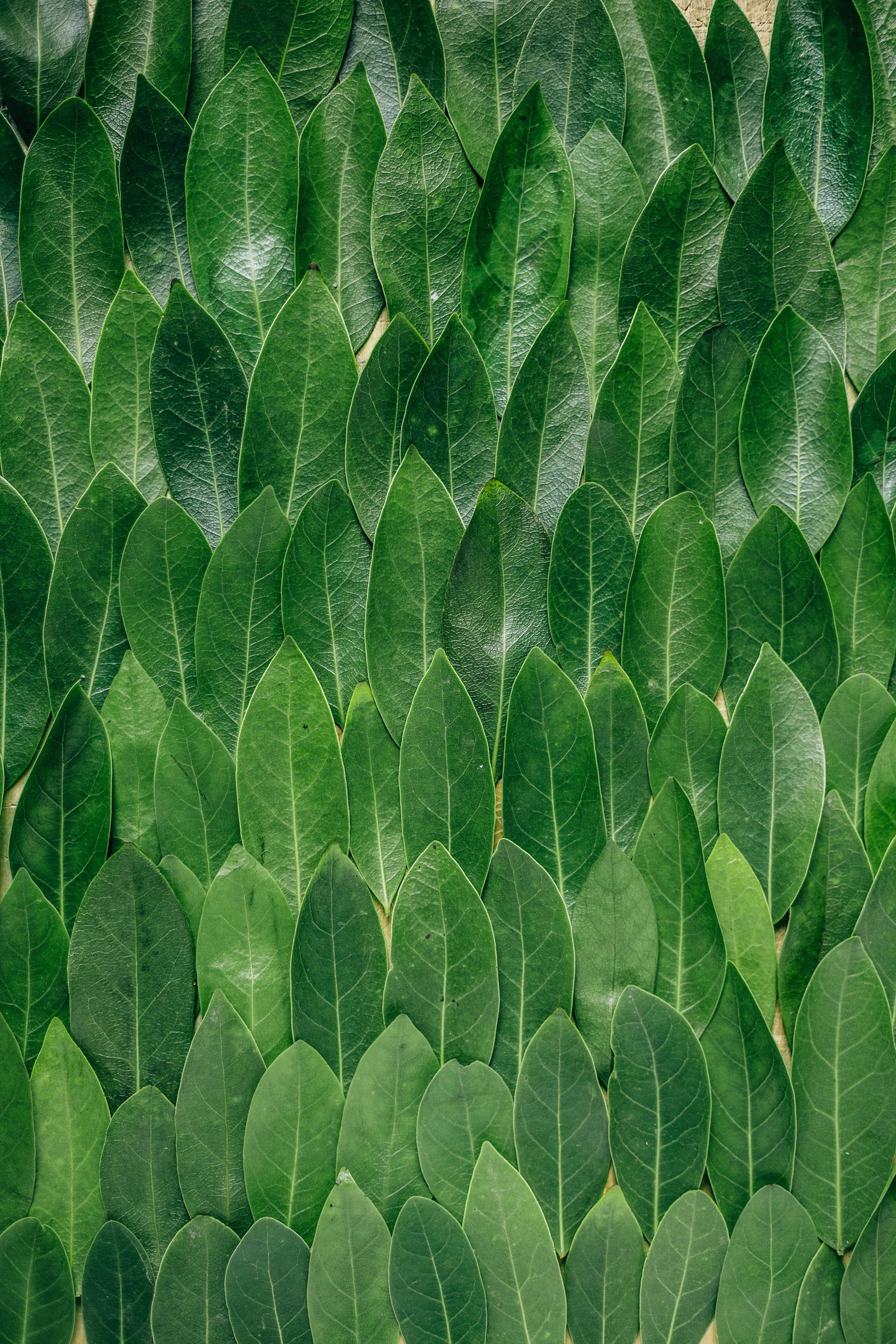
Bay Leaves
Bay leaves (Laurus nobilis) are the fragrant leaves of the bay laurel tree, which is native to the Mediterranean region. They have been used for culinary and medicinal purposes for thousands of years, and have played an important role in the cultures of the ancient Greeks, Romans, and Middle Eastern peoples.
In ancient Greece, bay leaves were used to make wreaths that were worn on the head to symbolize victory and achievement. They were also used in religious ceremonies, and the Greek god Apollo was often depicted wearing a bay leaf crown. In ancient Rome, bay leaves were used to flavor food, and the leaves and branches of the bay laurel tree were used to make garlands that were worn to celebrate special occasions.
Bay leaves have also been used in traditional medicine for centuries. The ancient Egyptians used bay leaves to treat a variety of ailments, including headaches and digestive problems. In medieval Europe, bay leaves were believed to have healing properties, and were used to treat a variety of illnesses, including fever and infection.
In the kitchen, bay leaves are used to add a distinctive, woodsy flavor and aroma to a variety of dishes, particularly those with a long cooking time such as soups, stews, and braises. They are often used in Mediterranean, Middle Eastern, and Indian cuisine, and are a key ingredient in the famous French bouquet garni. Bay leaves are typically added to a dish whole and are removed before serving, as they are not meant to be eaten.
Bay leaves can also be used to make a tea that is believed to have a number of health benefits. The tea is made by steeping dried bay leaves in hot water, and is said to be beneficial for relieving indigestion, reducing inflammation, and promoting relaxation.
In modern times, bay leaves are grown primarily in the Mediterranean region, but they are also grown in other parts of the world, including California and Mexico. They are available fresh or dried, and should be stored in an airtight container in a cool, dark place.
Here are some common dishes that use bay leaves as an ingredient:
Soups and stews: Bay leaves are a common ingredient in soups and stews, particularly those with a meat or vegetable base. They add a subtle, woodsy flavor to the dish, and can be used in a variety of cuisines, including Mediterranean, Middle Eastern, and Indian.
Braised dishes: Bay leaves are often used in braised dishes, particularly those with a meat base. They add a subtle, woodsy flavor to the dish, and can be used in a variety of cuisines, including Mediterranean, Middle Eastern, and Indian.
Stock and broth: Bay leaves are often added to stock and broth to give it a subtle, woodsy flavor.
Curries: Bay leaves are a common ingredient in curries, particularly those with a meat or vegetable base. They add a subtle, woodsy flavor to the dish, and can be used in a variety of cuisines, including Indian, Middle Eastern, and Mediterranean.
Bouquet garni: In French cuisine, bay leaves are often used in a bundle of herbs called bouquet garni, along with thyme and parsley, which is used to flavor soups, stews, and braised dishes.
Beouf bourguignon: Bay leaves are a classic ingredient of the French dish beef bourguignon.
Casseroles: Bay leaves can be used in casseroles to add a subtle, woodsy flavor to the dish.
Roasts: Bay leaves can be used in roasts to add a subtle, woodsy flavor to the dish.
Vegetable dishes: Bay leaves can be used in vegetable dishes to add a subtle, woodsy flavor to the dish.
Pickling: Bay leaves are sometimes used to flavor pickles, giving them a subtle, woodsy flavor.
Again, bay leaves are typically added to a dish whole and are removed before serving, as they are not meant to be eaten. They are a versatile ingredient that can be used to add flavor to many dishes, and they are commonly used in Mediterranean, Middle Eastern, and Indian cuisine.
